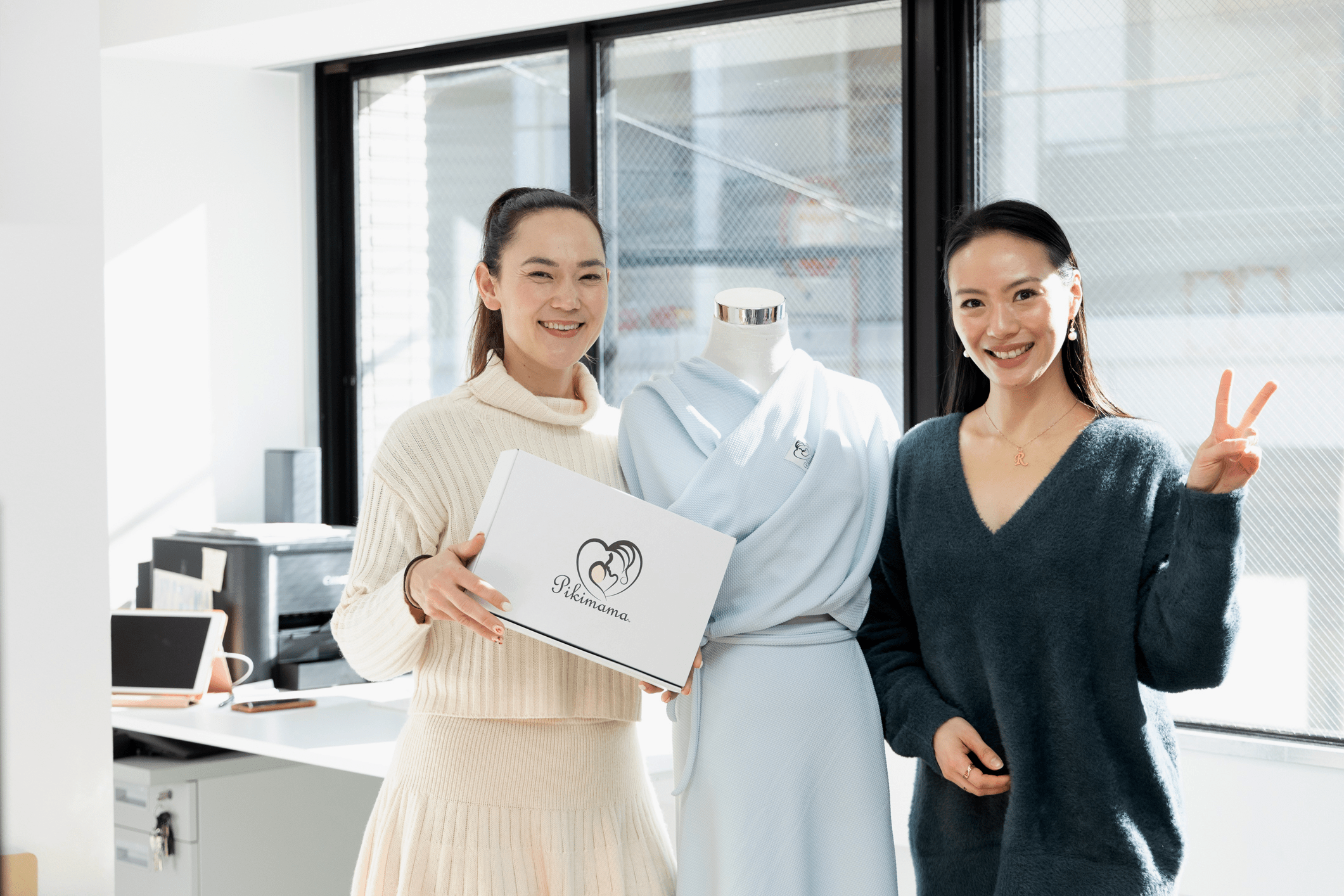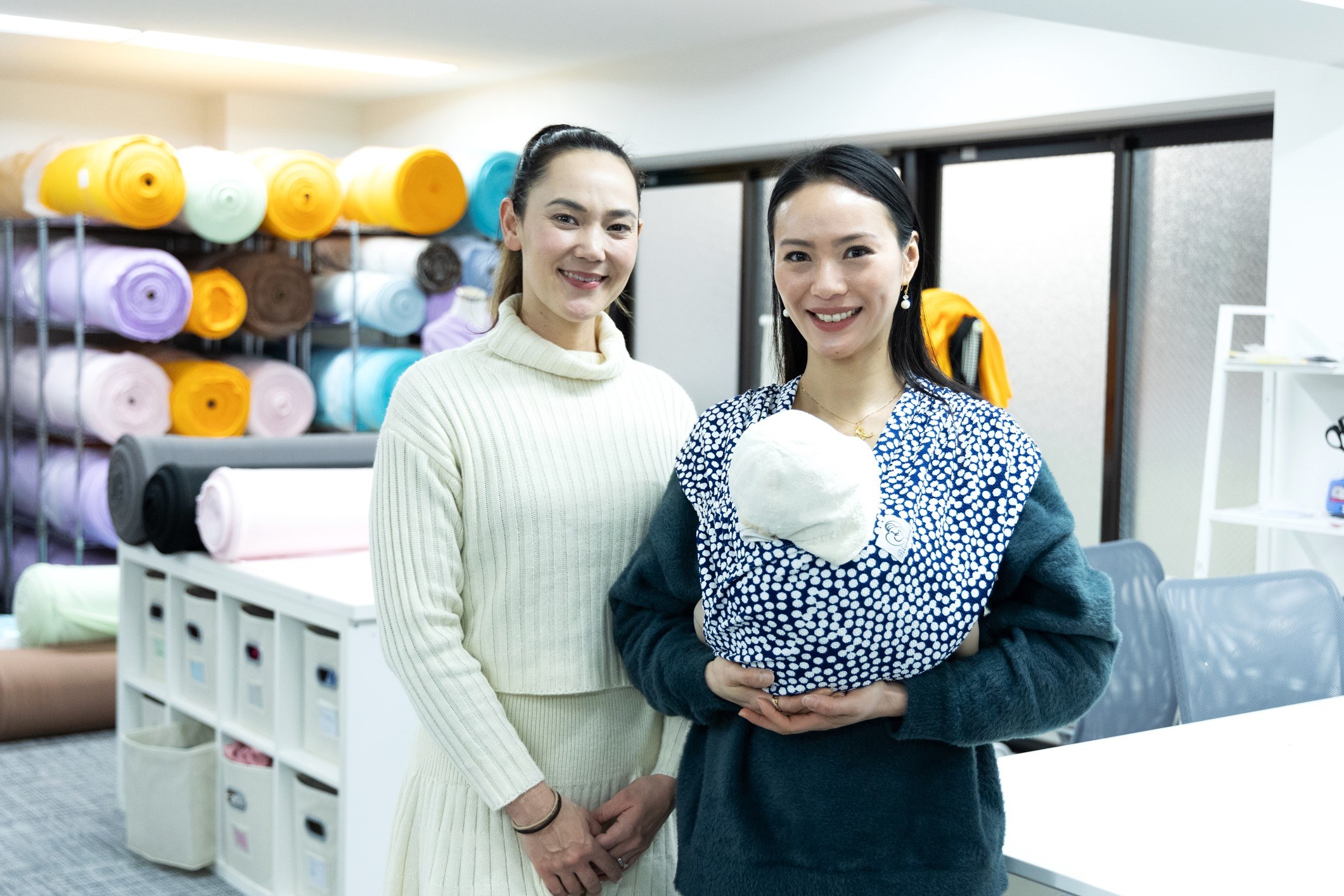On a day trip to Okutama (about an hour west of Shinjuku), I met with wasabi cultivator David Hulme, an Australian expat and former journalist who has been working hard to expand knowledge of wasabi growing and restoring an old wasabi patch!
Read the previous post on my tour of Wasabi Growing in Okutama and join me here for an exclusive Interview with Wasabi Cultivator David Hulme!
Let’s learn about wasabi growing together!
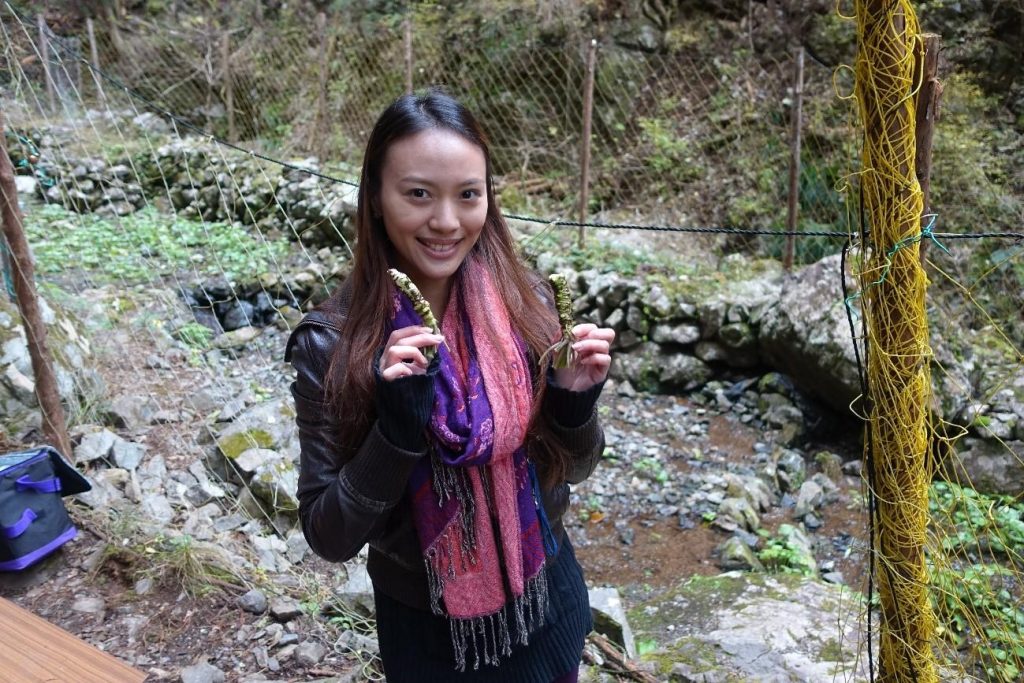
*~*~*
Interview with David Hulme
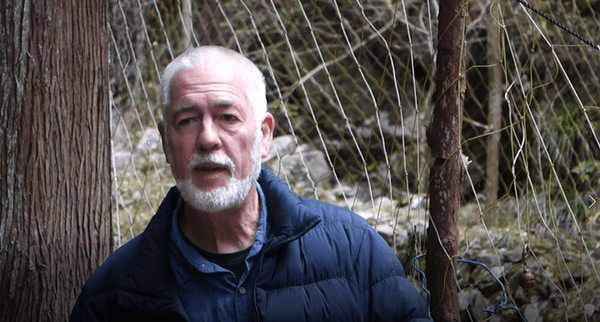
Rachel: You mentioned that you discovered a wasabi patch during one of your hikes in Okutama. What was the turning point or moment of inspiration for you to move to Okutama and grow your own wasabi patch?
David: At first we were not thinking seriously about growing wasabi, even though we had friends who were wasabi growers. Personally, I was ready to leave my city job and working remotely – writing and editing – in Okutama became a viable option.
Rachel: As a former journalist in downtown Tokyo turned now wasabi grower in Okutama, could you talk about your experience of the transition career-wise as well as personally? Was it difficult for you to adjust? What was the most challenging aspect?
David: Adjusting was easy. We had been here many times and preferred this area to the city. Also, we had friends in the area already. All our friends and neighbours have been very welcoming and generous.
The most challenging aspect for me is language. My Japanese is still weak.
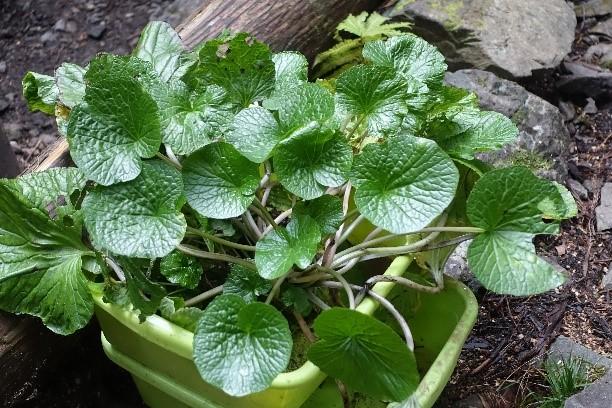
Rachel: During the tour, you mentioned that most of the seedlings used in Okutama are from Shizuoka, but that many small Okutama wasabi growers encounter issues procuring enough seedlings as the larger farms tend to sell in large quantities, is that right? What is currently being done to address this?
David: That’s right. We have been talking about this with other growers for some time. In September we formed a new group called Okutama Shogun Wasabi Development in order to address the seedling problem. Some of us had collected seeds in the spring and we negotiated for space in a vinyl shed to sow them. More than a thousand little wasabi plants are thriving there now. It’s a start.
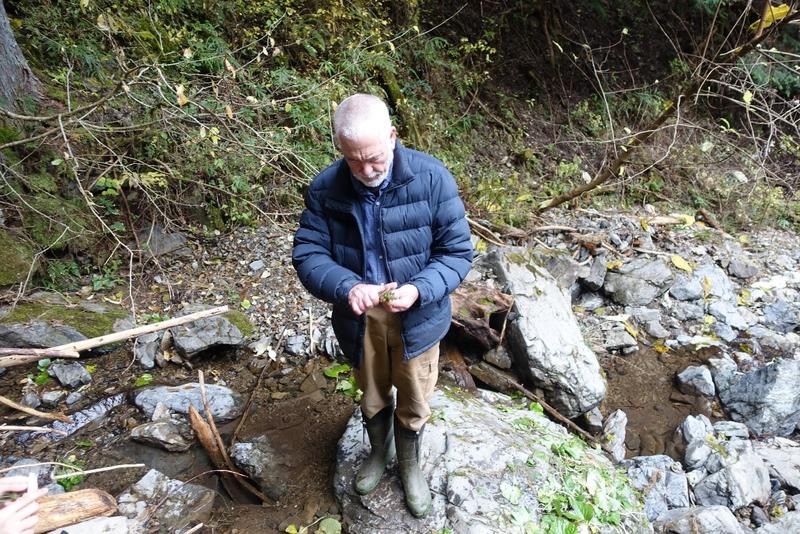
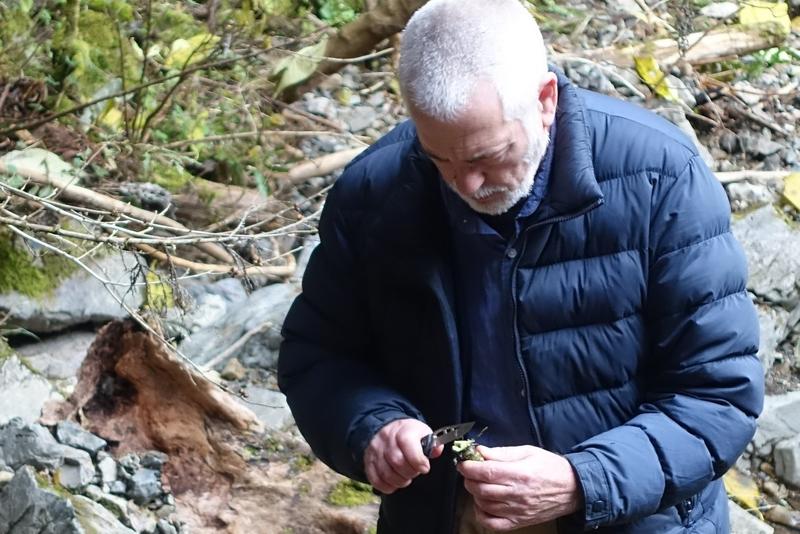
Rachel: How does Okutama’s wasabi industry compare to other regions in Japan?
David: I don’t have reliable comparative data. I do know that we don’t have the mass-production of other regions. Our biggest grower produces about 50,00 plants per year, compared to over 300,000 for Nagano-ken’s Daio farm alone.
Rachel: What is the most surprising thing you have learned or encountered since you started trying to grow your own wasabi?
David: One thing that surprised me is that growers overseas are so secretive and monopolistic. They are supplying a market in which demand is absolutely impossible to satisfy, so there is no need to exaggerate the difficulties of growing wasabi and talk the price up.
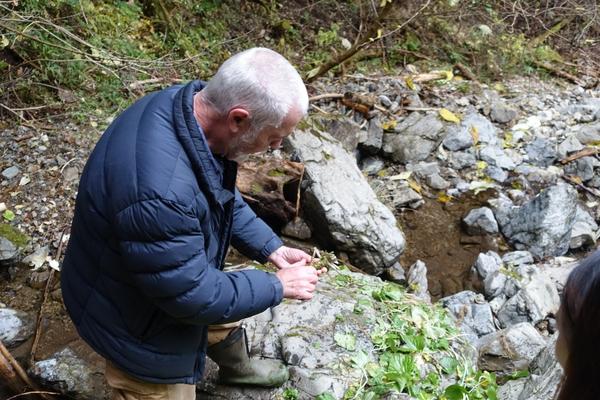
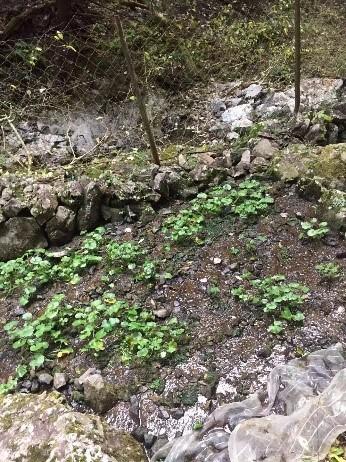
Rachel: What motivates you the most about living in Okutama and about wasabi farming? What is most meaningful to you?
David: It’s the sense of involvement, contributing to an activity that has deep meaning for the community. I should add that people here help each other in a very natural way, and exchange gifts as well. When crops are in surplus, we share. It turns out that everyone owes everyone else in the village more than they will ever be able to pay. It is a bond, not a burden.
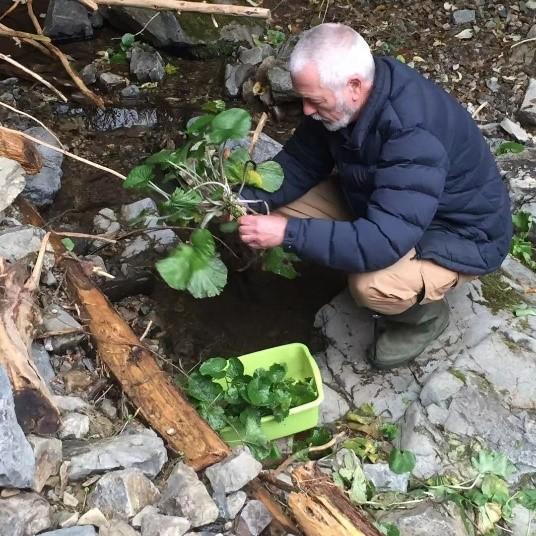
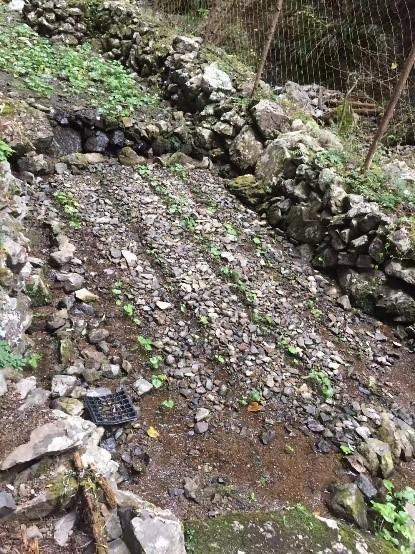
Rachel: In your opinion, what is the biggest challenge facing wasabi growers in Japan?
David: Encouraging younger growers. At the moment, wasabi growing is like many traditional Japanese crafts, with elderly experts taking their knowledge to the grave. We need to streamline the market (online direct-to-consumer) so that working relatively small wasabi becomes financially viable for younger people. Right now, what growers get on the wholesale market is too low.
Rachel: What are some common misunderstandings about the wasabi plant and wasabi growing?
David: There are quite a few. First, wasabi and horseradish are totally different plants. Horseradish is a root, but the part of wasabi that we grind to eat is the stem. The plant is a brassica, like broccoli. Another elusive fact is that water is the most important factor in growing wasabi. The plant grows best in water that has spent weeks or months seeping through mountain rock strata, gathering dissolved minerals, then emerging as spring water at a temperature near 12 degrees Centigrade. In addition, this mineral-rich water should nourish the roots of the plant by flowing through rock and gravel to a depth of 15-20cm, providing a steady supply of oxygen as well as minerals. So, we should plow by hand to that depth. Oxygen keeps the plant vigorous and healthy, while minerals interact to impart flavor and pungency.

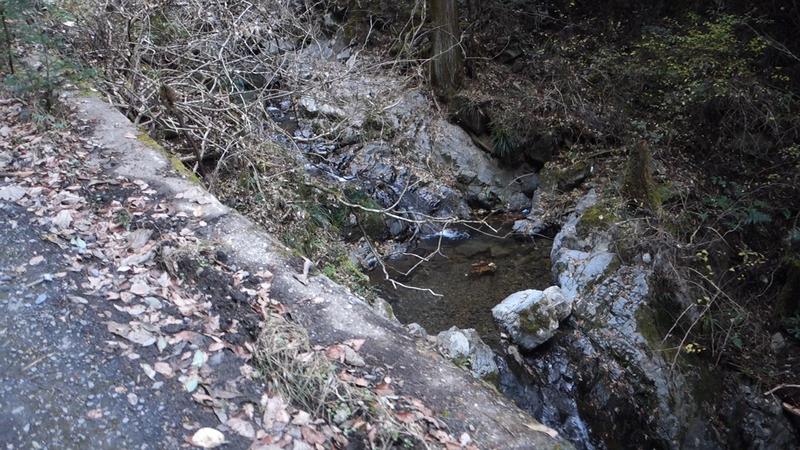
Rachel: What would be the biggest source of support that you would like to see more of?
David: Japanese citizens of urban Tokyo. This is not just about wasabi, but also about rural revitalization in general. We have no excuse because we are so close to one of the biggest and best markets in the world. The main themes are job migration (including telecommuting and new industries) and reforestation (replacing toxic sugi trees with native species of oak, cherry, maple, walnut, etc). The future of our region has to be a partnership between urban and rural.
Rachel: Related to the main themes for rural revitalization, what other local industries do you feel could have great potential for growth (besides agriculture) that would boost the local economy?
David: We see natural reforestation as the basis for the region’s future. There are many economic, environmental, and health reasons for eliminating most of the sugi trees, but we need a sustainable strategy. What we advocate is a new industry catering to DIY, cabinetmaking, woodcraft, and decorative timbers (regional natives include varieties of oak, cherry, maple, walnut, and keyaki). That means sustainably harvesting native trees and encouraging replacement strategies. Forest management science is missing. It is crucial to the sustainable management of future forest resources. I have had many conversations with Europeans who understand forestry as a respected profession. In Japan, forestry is regarded as labor. This must change. Identifying major business opportunities will change it. It’s a 300-year project, but to have such long legs it must be sustainable and profitable from the outset.
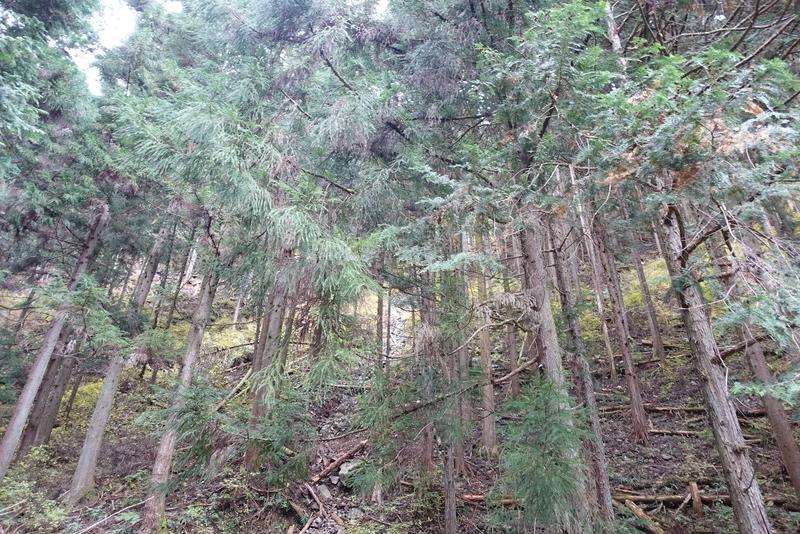

Rachel: 300 years is a long time to wait for change, but it has to start somewhere. Any advice or words of encouragement that you can share with others who might be thinking of following in your footsteps to move to Okutama?
David: Visit often. Get to know the locals. It’s worth it.
We can draw a contrast. Do you prefer an hour commute both ways to a location that is not actually specific for your work (especially if that work is mostly online)? Or; could you eliminate the commute and spend that time fishing or gardening, then work surrounded by beauty and be happier, more efficient, and more productive? For myself, I can say I am happier, healthier, and even wealthier by moving to a community in which I feel at home.
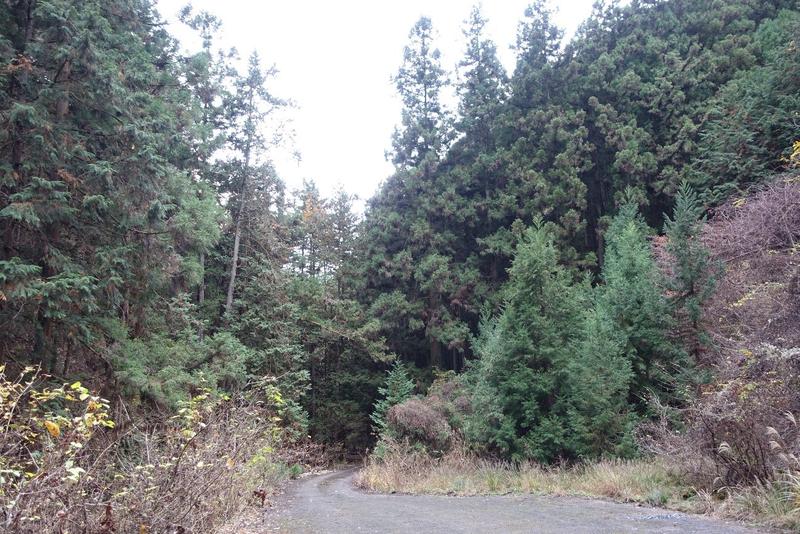
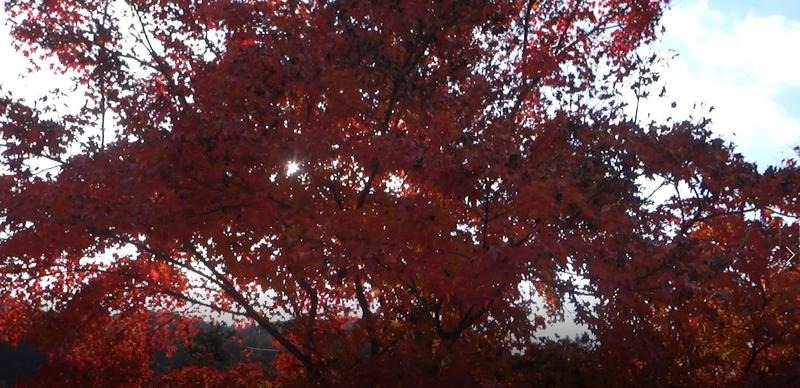
Rachel: You have found an ideal setup! What has been the biggest change you have witnessed since you moved to Okutama about 5 years ago?
David: Several entrepreneurial enterprises (e.g. Mountscape, Jellyfish, and Sakura Hotels) have taken advantage of the region’s opportunities. Also, the Tokyo Metropolitan Government is showing more interest in promoting Okutama as the 2020 Olympics approaches.
Rachel: Personally, what has been your most memorable experience since your move to Okutama?
David: That’s a very hard question because something special happens on almost a daily basis. My work with mentally handicapped people at Tokyo Tamagakuen has provided many wonderful experiences. Overall, I think the feeling of being at home is the most rewarding.
Learn more about Tamagakuen: http://www.tama-gaku.com/tamagakuen/

Rachel: Let’s talk about your involvement with Tama Gakuen(多摩学園), a school that provides special needs education for the disabled. How did you start volunteering with this facility?
David: Tama Gakuen is more of a care institution than a school. I work there as a part-time employee, not as a volunteer. I became involved because I was curious. The model is based on Coco’s Farm and is quite unusual. The basic idea is that living close to nature and physical work is good for people with severe handicaps (adults with mental age averaging 3-4 years, very limited cognitive and social skills, plus associated physical problems). They can do basic tasks. The tasks relate mainly to agricultural production – shiitake, turmeric, and other vegetables. What Tama Gakuen accomplishes is a calming environment and routine that includes a sense of value and the continual building of relationships between residents (we call them students), carers, support staff, and part-timers such as myself.
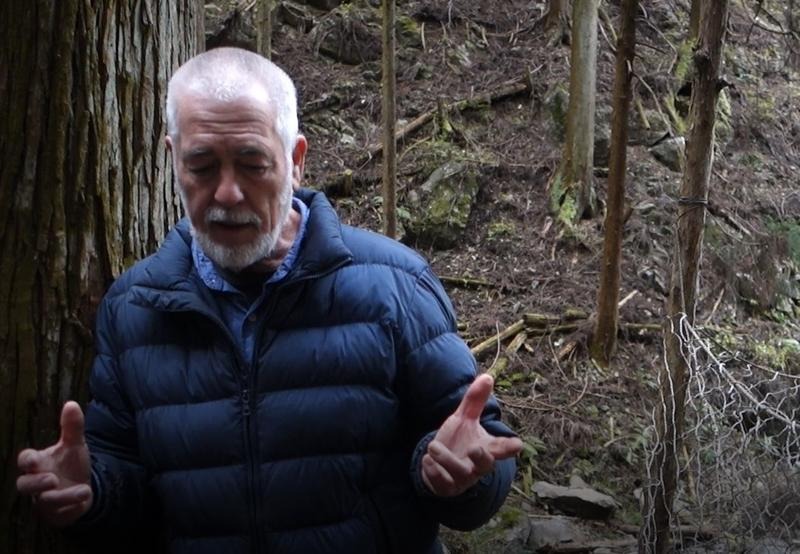
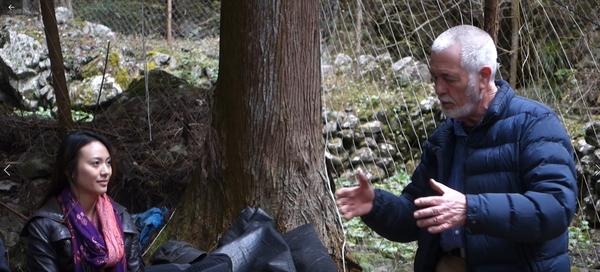
Rachel: What do you see as the major opportunities in Japan? How about misperceptions?
David: My time in Japan is about half of the past four decades. The great advantage of Japan is social cohesion. Cooperation is always the first option, not second or third, or last. It’s not the only option, but it’s a very quiet first.
The one misperception that I encounter is that it must have been difficult for me to fit into a local village community. By contrast, the pull was irresistible.
Rachel: That is very interesting because I can imagine that most people would ask you about how being an Aussie has impacted your experience in a traditional Japanese industry and community. Would you say that your Australian background has affected your approach to wasabi farming and/or to propose innovative solutions?
David: As an Australian, I come from a multicultural background. In a mono-cultural society, I must be different to make a difference. As a journalist, I’m always the one with the questions. As a newcomer, everything is exciting for me. I see things in a different way from what local people are accustomed to. I question things that don’t make sense. Having said that, I have learned that nothing happens here just because it makes sense. Relationships are the key ingredient. Once relationships are formed, things that make sense can begin to happen.
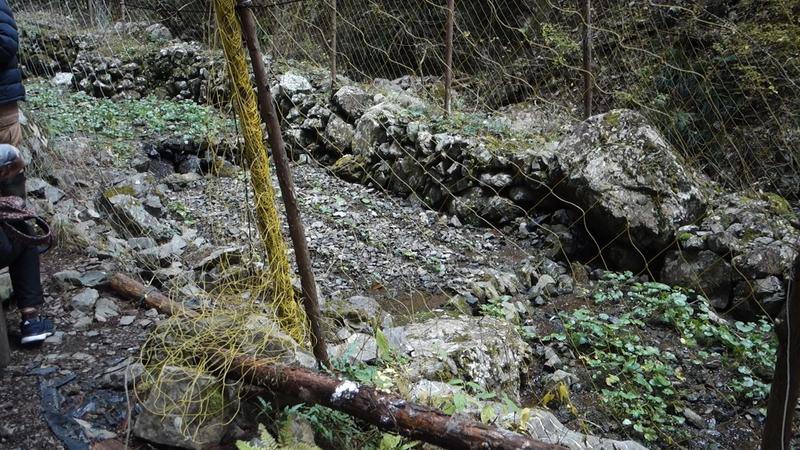
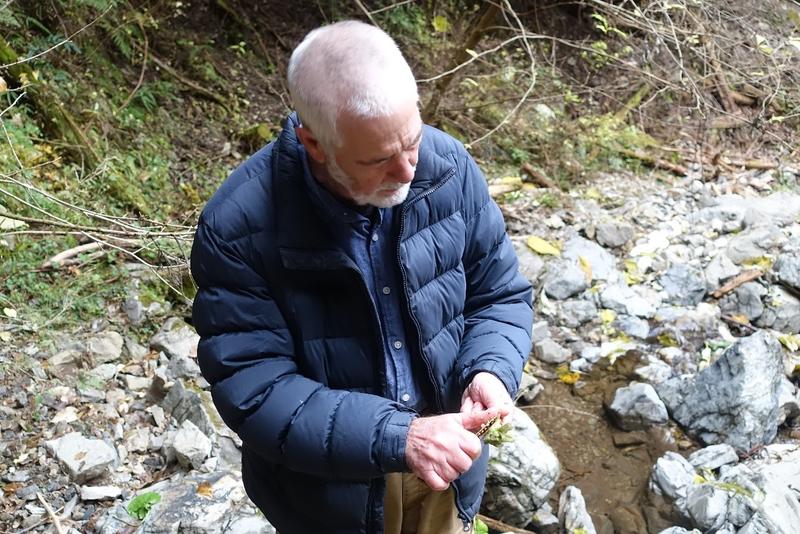
Rachel: Speaking of relationships, who is your greatest inspiration and why?
David: My wife, without a doubt, and I’m bypassing some great inspirations in my life to say that. We very actively share most aspects of our lives; including wasabi-related projects, neighborhood responsibilities, our vegetable garden, and participating in local volunteer guide activities.
Rachel: It is a beautiful thing to have a partner to share life’s moments with. What is your next goal?
David: Priority one is my Japanese. Besides that, just about every night I share a toast with my wife. It goes: “Kampai! Another productive day! We gotta stop making things happen!” The next day the sun comes up and new things start to happen.
It’s the relationships.
Thank you, David!!
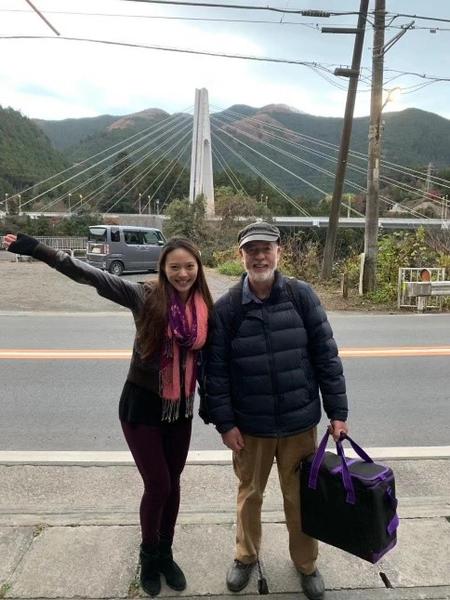
*~*~*~*
Final Thoughts
I learned a lot about wasabi growing and Okutama’s appeal from David’s unique and insightful perspective. However, there is a looming concern about the lack of interest in wasabi growing from younger generations. Existing wasabi growers are getting older, and modern Japan is faced with the reality that their expertise in cultivating this cherished plant will soon be lost. For example, one of Okutama’s wasabi growers with the largest production volume (over 50,000 plants per year) is already in his 80s and has no one to take over. Deeply knowledgeable about wasabi, this farmer ensures that every single bit of his plants is used somehow, but his fields may soon fall into disuse with his retirement, further exacerbating the shortage of wasabi. This problem of aging farmers is consistent with the current state of Japan’s agricultural industry as a whole, as I most recently experienced during my visit to Fukushima to learn about the prefecture’s food value chain (read about my visit to “Yoshinoya Farm Fukushima” and “Asahi Brewery Fukushima”).
Perhaps the biggest obstacle facing wasabi growers is marketing. At the moment, wasabi growing is very hard work, but the low wholesale prices that farmers get compensated for are nothing close to what consumers have to pay. Farmers are in financially vulnerable positions when they are unable to market directly to the end consumers. Unfortunately, there is not much information or public awareness about this matter. Perhaps applying “farm-to-table” and e-commerce business solutions would make the industry more lucrative by empowering wasabi growers with access to a bigger share of the market. Especially given that Okutama is so close to Tokyo, it might be the best place to start various initiatives that would boost the local industry. Making the wasabi industry more efficient would naturally also generate greater appeal and more opportunities for younger farmers to become wasabi growers. We can already see the beginning of the shift to online markets, as consumers take initiative to buy fresh wasabi at better prices by searching online and ordering directly from the farms.
David’s passion to support the revitalization of Okutama is truly inspiring and opportune. His pursuit of new projects such as initiating a wasabi seedling program or starting an e-commerce website and ideas for boosting the region’s forestry industry reflects critical changes in a traditional community. We should all look forward to his future contributions!
*~*~*~*
Read more about David’s experiences at https://okutamaonline.com







